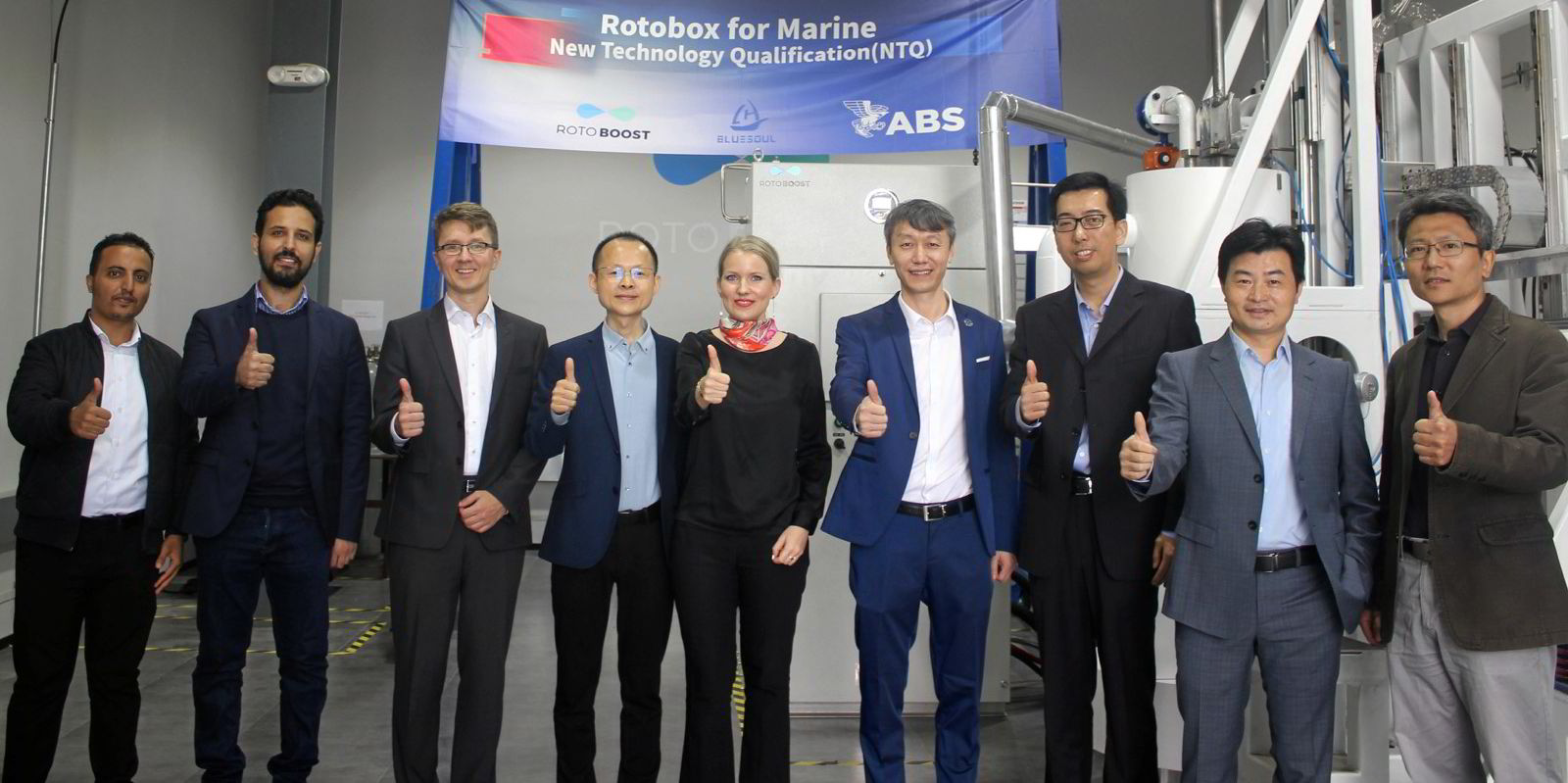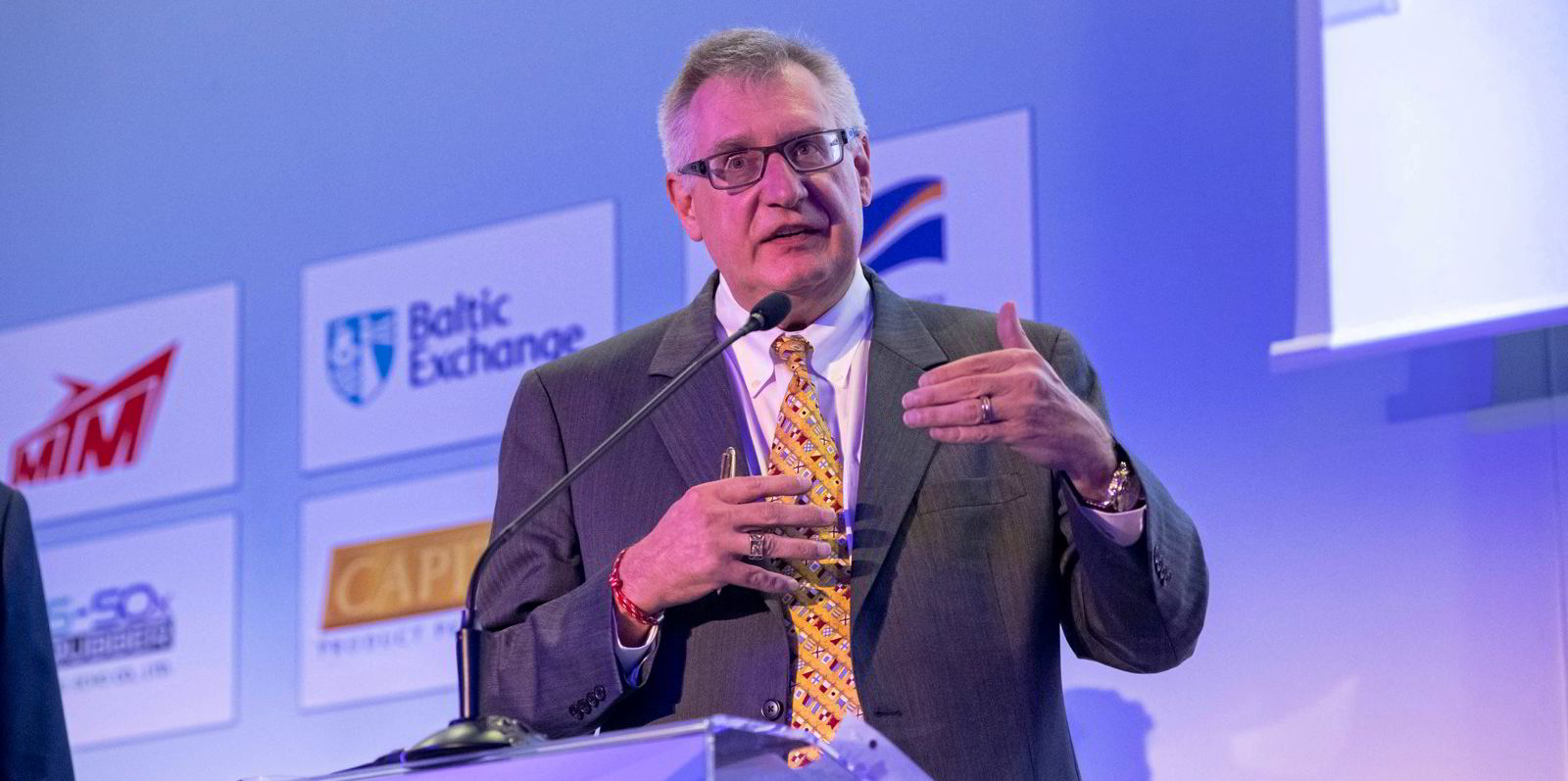A pre-combustion carbon capture and hydrogen production system which can cut vessels’ carbon emissions by up to 100% has been given a new technology qualification by classification society American Bureau of Shipping (ABS).
The system, based on a thermocatalytic decomposition process, has been developed by Norwegian hydrogen company Rotoboost.
It converts natural gas into hydrogen and solid carbon with a liquid catalyst to allow continuous hydrogen production and carbon capture onboard marine vessels.
The resulting gas can be used for fuel cells or as a blend-in fuel for combustion engines or gas-fired boilers.
“The process can reduce overall carbon emissions by up to 100% percent depending on the heating method,” ABS said.
Using hydrogen as a blend-in fuel promises to significantly reduce the methane slip from engines and cut particulate matter emissions by capturing carbon in solid form before combustion, it added.
ABS says its technology qualification service offers guidance on early adoption and implementation of new technologies giving users a clearly defined approach to confirm they perform intended functions to defined performance requirements.
“Decomposing methane into hydrogen and solid carbon is an intelligent way to implement a carbon capture and storage solution onboard gas-fueled ships,” said Georgios Plevrakis, ABS vice president, global sustainability.
The method reduces the storage need onboard and the solid carbon can be used in the production of fuel cells and batteries, he added, and the process can be recycled repeatedly.
“The system can be scaled up modularly step-by-step to meet progressing emission regulations,” said Rotoboost chief executive Kaisa Nikulainen, to make it a cost effective option compared with green fuels or conventional carbon capture systems.





